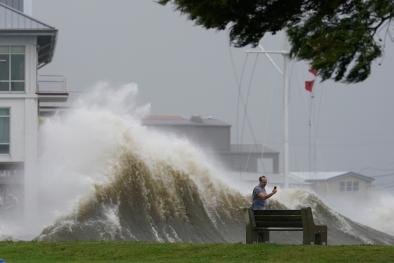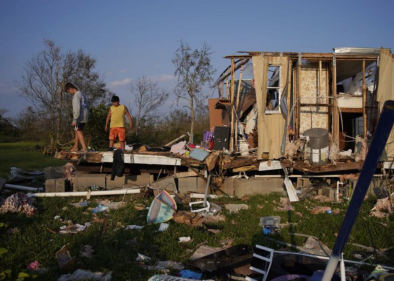Detected climatic change in global distribution of tropical cyclones
Study key points:
- While the global average number of tropical cyclones each year has not budged from 86 over the last four decades, climate change has been influencing the locations of where these deadly storms occur.
- The number of tropical cyclones has been rising since 1980 in the North Atlantic and Central Pacific, while storms have been declining in the western Pacific and in the South Indian Ocean.
We show for the first time that this observed geographic pattern cannot be explained only by natural variability.
Hiroyuki Murakami, lead author and climate researcher at NOAA’s Geophysical Fluid Dynamics Laboratory
Study abstract:
Owing to the limited length of observed tropical cyclone data and the effects of multidecadal internal variability, it has been a challenge to detect trends in tropical cyclone activity on a global scale. However, there is a distinct spatial pattern of the trends in tropical cyclone frequency of occurrence on a global scale since 1980, with substantial decreases in the southern Indian Ocean and western North Pacific and increases in the North Atlantic and central Pacific. Here, using a suite of high-resolution dynamical model experiments, we show that the observed spatial pattern of trends is very unlikely to be explained entirely by underlying multidecadal internal variability; rather, external forcing such as greenhouse gases, aerosols, and volcanic eruptions likely played an important role. This study demonstrates that a climatic change in terms of the global spatial distribution of tropical cyclones has already emerged in observations and may in part be attributable to the increase in greenhouse gas emissions.
Related Content





